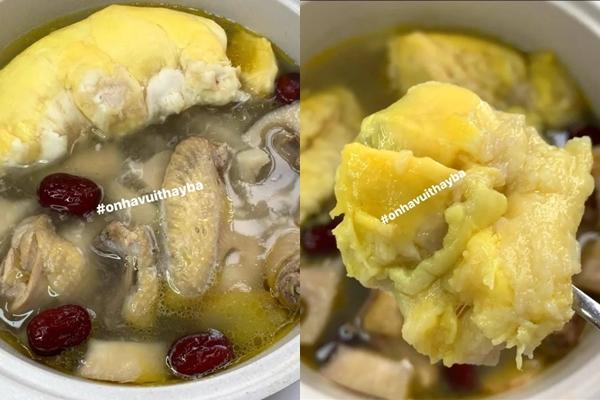The world’s scariest maggot-infested cheese
The island of Sardinia with 1,849 km of coastline is a popular tourist destination, and is also home to casu marzu – cheese full of maggots.
In 2009, the Guinness World Records recognized casu marzu as the most dangerous cheese in the world.
The cheese fly Piophila casei lays eggs in the cracks of fiore sardo, a savory pecorino from the island of Sardinia. The larvae hatch and eat around, digesting the protein and turning this product into a creamy cheese.
After that, the doer cheese will open the top, which is untouched by the maggots, and scoop out a spoonful of this specialty. This was not a sight for the faint of heart, as the larvae inside began to struggle.
Some locals use centrifugation to mix the maggots and cheese. Others prefer to leave it whole and eat it whole.
If you can overcome your fear and taste it, you will find the marzu has a rich flavor, reminiscent of Mediterranean grasslands, is spicy and leaves an aftertaste for hours.
Some claim it has an energizing effect. Others believe that this dish can be dangerous to human health, because the larvae can survive and nest in the intestines. However, to date, there have been no cases of poisoning associated with casu marzu.
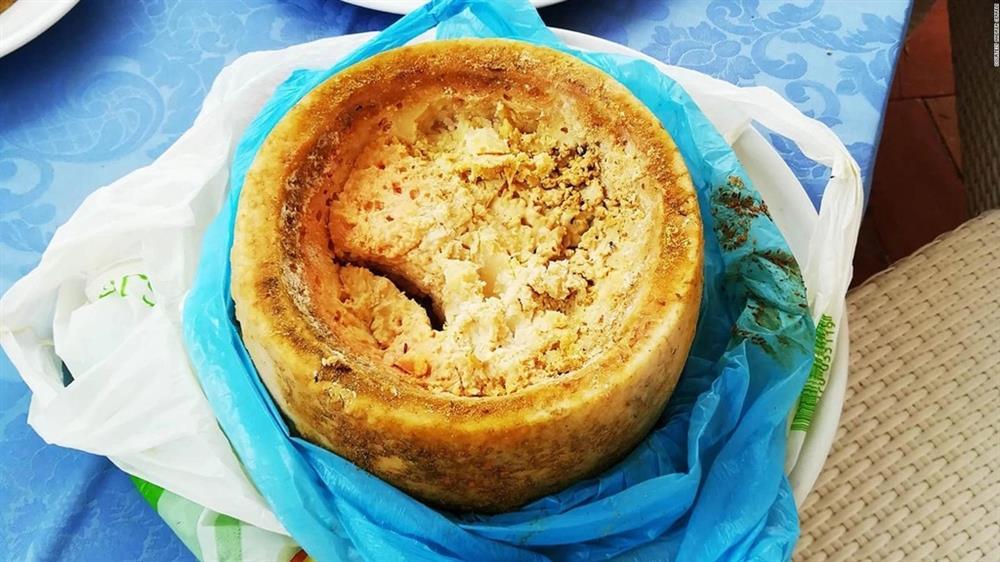
Casu marzu is considered the scariest cheese in the world. Photo: CNN.
Although this specialty is banned from commercial sale, the people of Sardinia have been eating it for centuries.
Paolo Solinas, a 29-year-old culinary expert, says: “It is the maggots that are the appeal of this cheese. Some locals also wince at the mention of casu marzu, but others love their strong flavor.”
“Some shepherds consider them a personal favorite, something only a few can try” Solinas added.
Ancient cuisine
When tourists are in Sardinia, they often stop by restaurants serving porceddu sardo, a slow-rotating suckling pig, visit bakeries selling pane carasau, a traditional thin flatbread, and meet shepherds making fiore sardo, the island’s pecorino cheese.
And if you have enough adventure blood, then you can find casu marzu. This specialty shouldn’t be seen as a whimsical takeaway, but rather as a tribute to ancient traditions and an indication of what the future of food might look like.
Giovanni Fancello, a 71-year-old Sardinian culinary expert and journalist, has devoted her life to research. He traces history back to the time when Sardinia was a province of the Roman Empire.
According to him, it was not until 1909 that there were written documents on recipes in this area. That’s when Vittorio Agnetti, a doctor from Modena, came to the island and recorded 6 recipes in a book called “La nuova cucina delle specialità regionali”.
“We often eat larvae, insects. Pliny the elder and Aristotle talked about it.” – Mr. Fancello said.
Ten other regions of Italy have different forms of maggot-containing cheese, but while they are only a passing product, casu marzu is part of Sardinian food culture.
This specialty has many names, like casu becciu, casu fattittu, hasu muhidu, formaggio marcio. Each region on the island has its own way of making them, using different types of milk.
Foodies, inspired by chefs like Gordon Ramsay, often come for this cheese.
“They asked us how to make casu marzu. It’s part of our history. We are descendants of this dish. They are the result of change, miracles and supernatural events.” – Fancello said.
Fancello grew up in the town of Thiesi with his father – Sebastiano – a shepherd who made casu marzu. Facello also used to herd sheep to graze around the misty Ruju mountain, where miracles are believed to have occurred.
He recalled, to his father, casu marzu was a gift from the gods. If the cheese had no maggots, his father would be upset. Some cakes are kept for family use, others are given to friends or beggars.
Casu marzu is usually made from the end of June, when the sheep’s milk begins to change as they enter their breeding period and the grass dries out in the summer sun.
If a warm sirocco wind blows on cheese day, the transformation miracle will be even more effective. Because that makes the cheese structure weaker, Fancello says, making it easier for flies to lay eggs.
After 3 months, this specialty is ready.
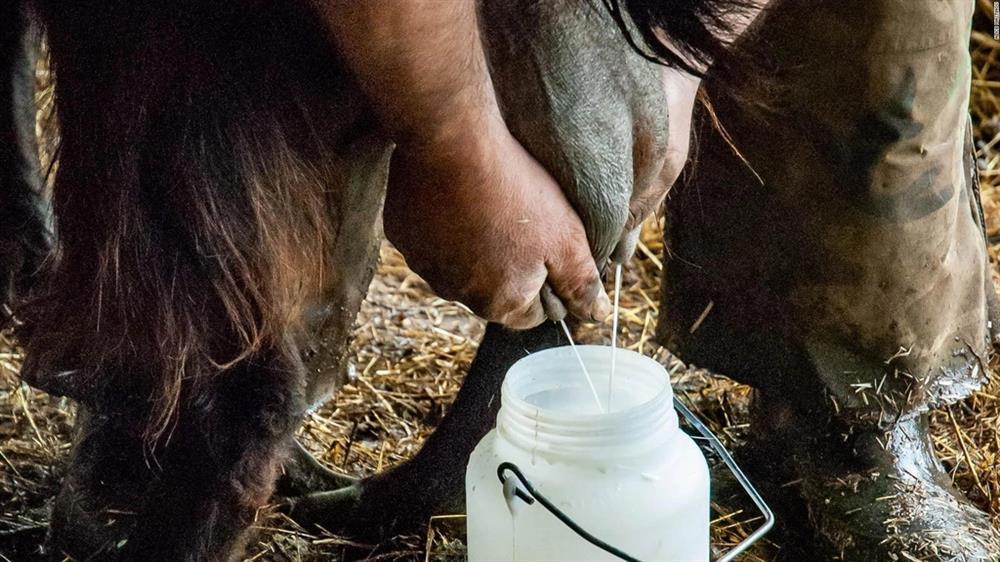
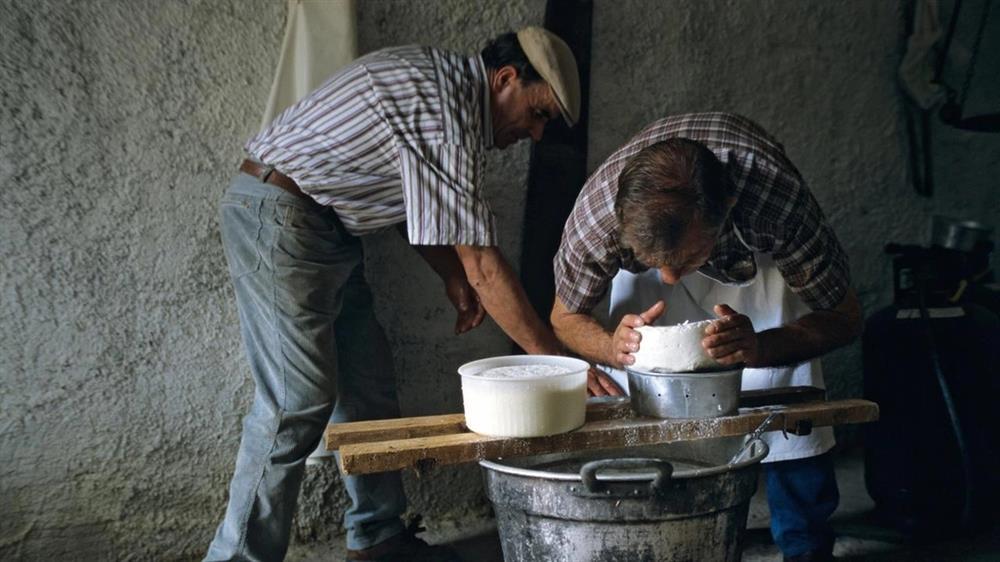
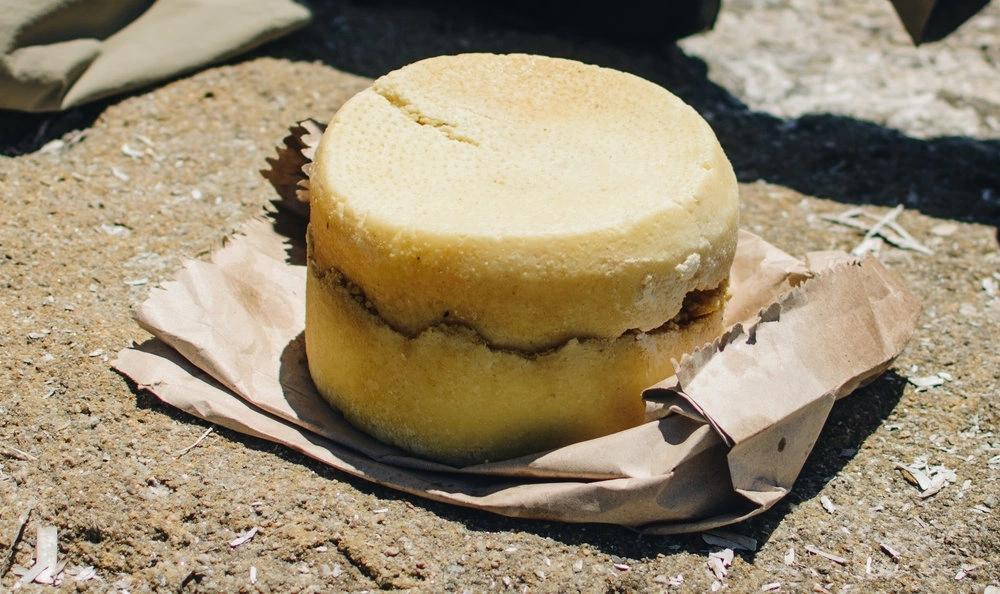
The process of making this cheese is a tradition kept by shepherd families. Photo: CNN, Escape.
Mario Murrocu, 66, continues the tradition of making casu marzu on his farm – Agriturismo Sa Mandra – near Alghero, in northern Sardinia. He raised 300 sheep and welcomed visitors.
“You’ll know when a cheesecake becomes a casu marzu. You’ll see it from the unusually fluffy texture of the cheese inside.” – said Mr. Murrocu.
Now, cheesemakers do not rely on nature and luck, but apply methods to create ideal conditions for casu marzu to form. They also found a way to use glass jars to preserve cheese for many years, when traditionally the shelf life is only around September.
High fines and future
Although preserved, the legal status of this cheese is in the gray area.
Casu marzu is registered as a traditional product of Sardinia and should be protected locally. However, it has been illegal by the Italian government since 1962 due to a law banning the consumption of food containing parasites.
Sellers of this cheese can face fines of up to 50,000 euros, but Sardinians laugh when asked about banning their favorite food.
In the last few years, the European Union has begun to research and practice the eating of insects, thanks to a new culinary concept in which insects are raised for consumption.
Studies show this helps reduce the CO2 emissions associated with livestock production and helps mitigate the climate crisis.
Roberto Flore, leader of the Skylab FoodLab team at Sardinia, of the Technical University of Denmark, has long pursued the idea of eating insects. He and his colleagues have been trying to find a way to include this food in the daily diet.
“Many cultures use insects as an ingredient” – Flore said. Although Sardinians eat cheese with maggots, they are horrified to learn that people eat scorpions and crickets in Thailand.
Flore has traveled the world studying how different cultures approach the use of insects for food, and believes that psychological barriers make changing eating more difficult.
“How to define what is edible? Each region of the world has a different way of eating insects” – he said.
He also believes that Sardina’s specialty is safe: “I believe no one has ever died from eating casu marzu. If so, it’s probably because they’re drunk. You know, when people eat it, people usually drink a lot.”
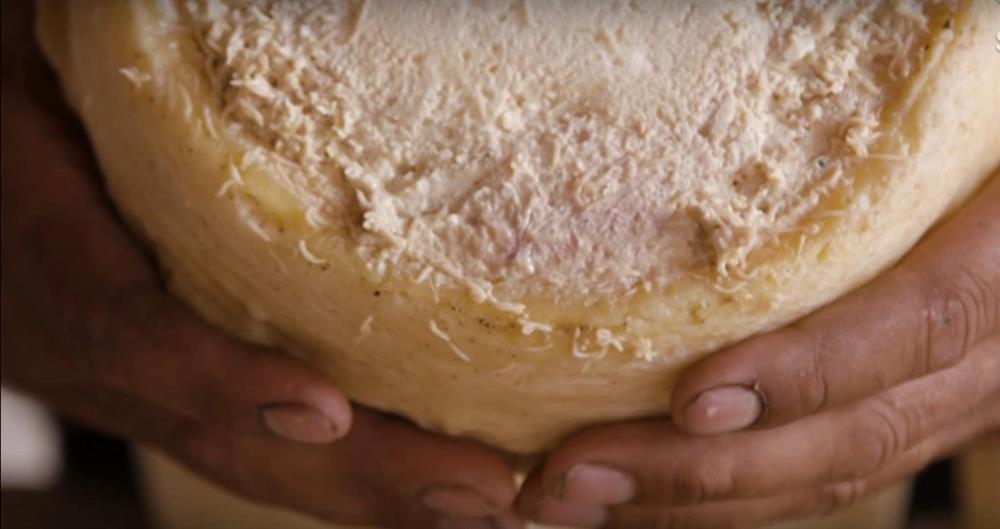
Casu marzu may be revisited thanks to a new culinary trend of the future. Photo: Greatbigstory.
Flore hopes casu marzu will soon emerge from its gray status and become an icon of Sardinia, not because of the uncanny production process, but because it represents dishes that are disappearing because they don’t suit the palate. modern orthodoxy.
In 2005, researchers from the University of Sassari in Sardinia took the first step in this direction: They raised flies in the laboratory and had them lay eggs in pecorino cheese, to show that the process could make a controlled way.
Islanders and scientists hope the EU will soon approve. Until then, anyone who wants to try casu marzu will have to head to Sardinia.
According to Zing
at Blogtuan.info – Source: 2sao.vn – Read the original article here

